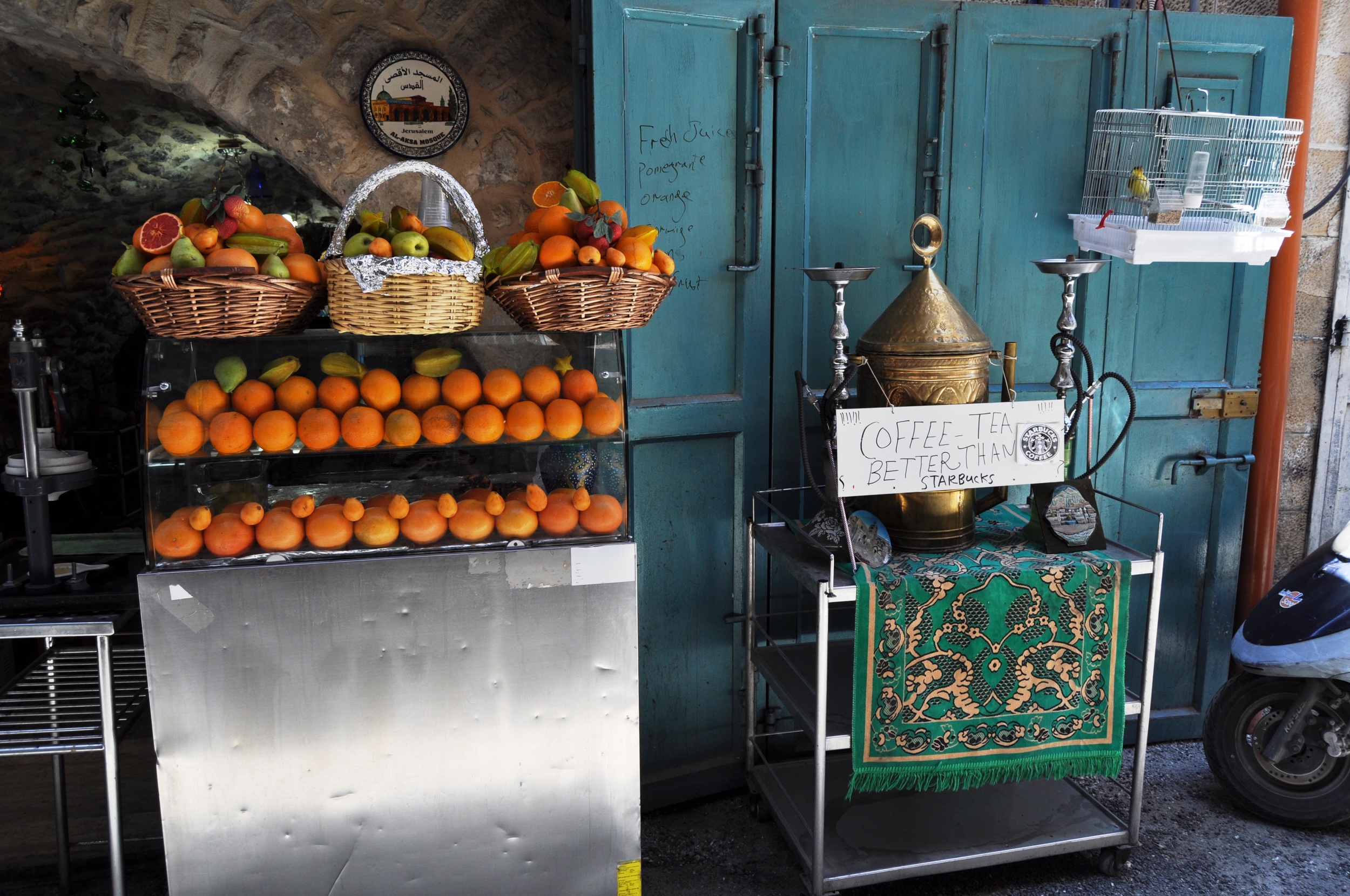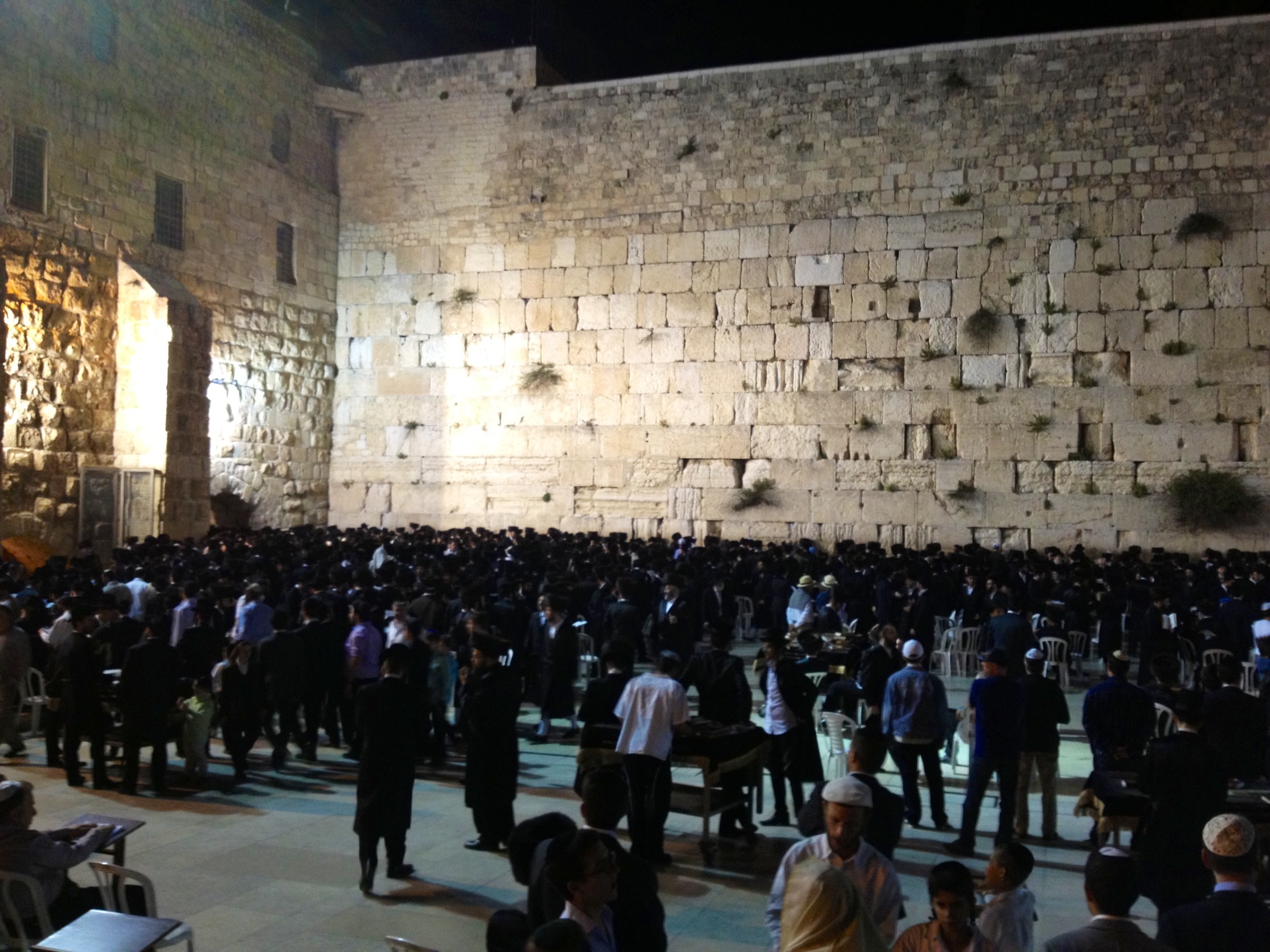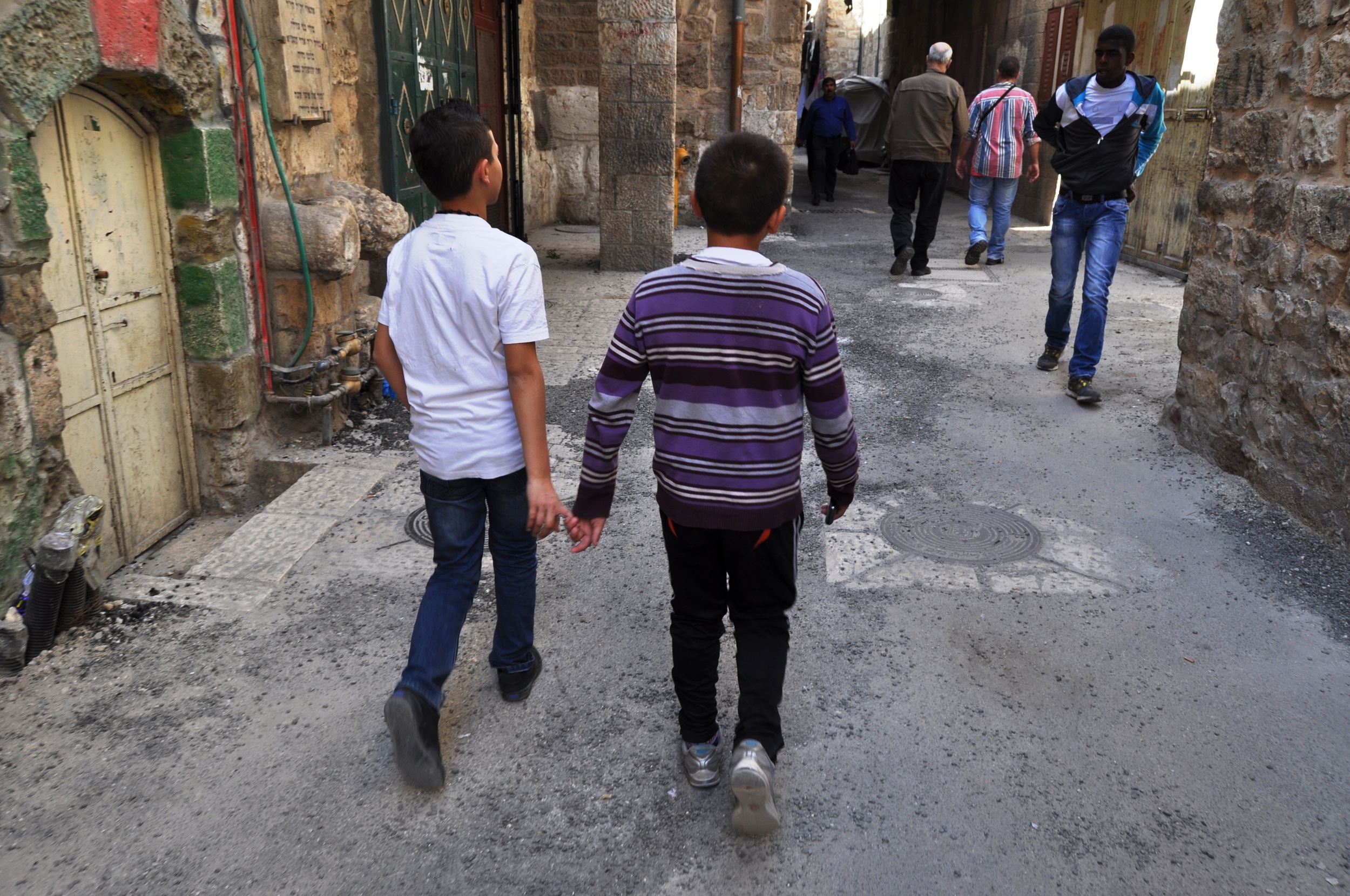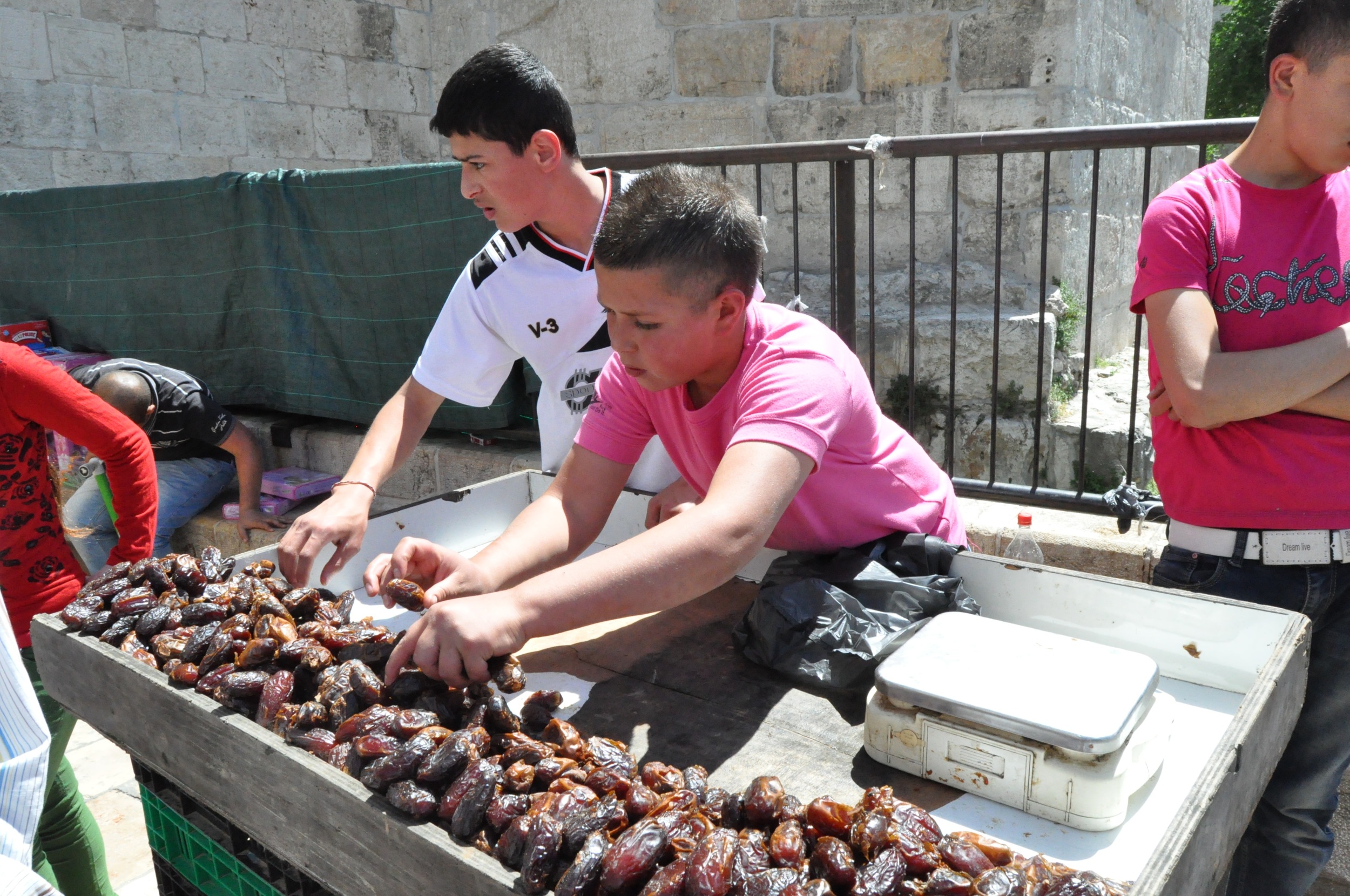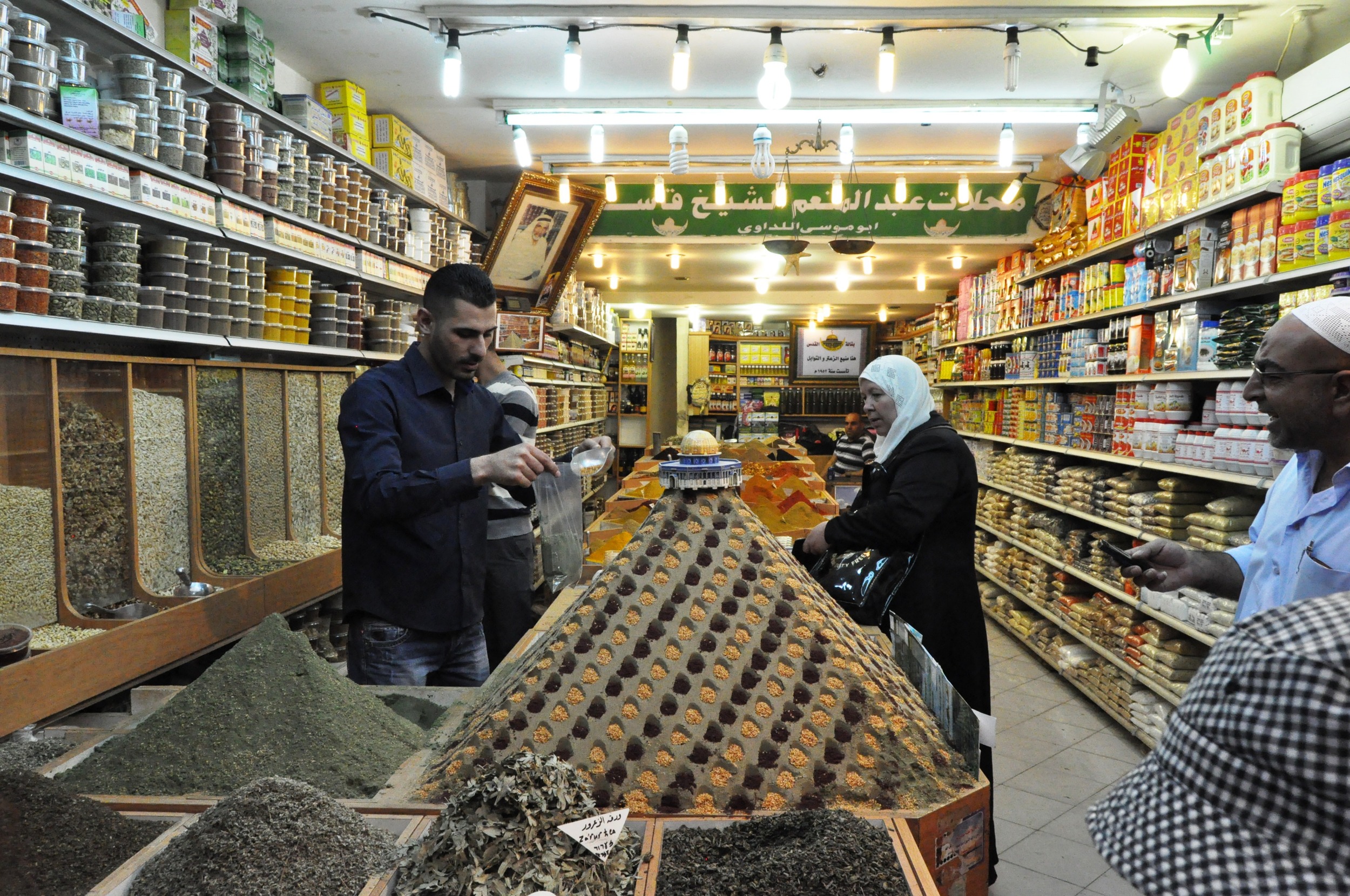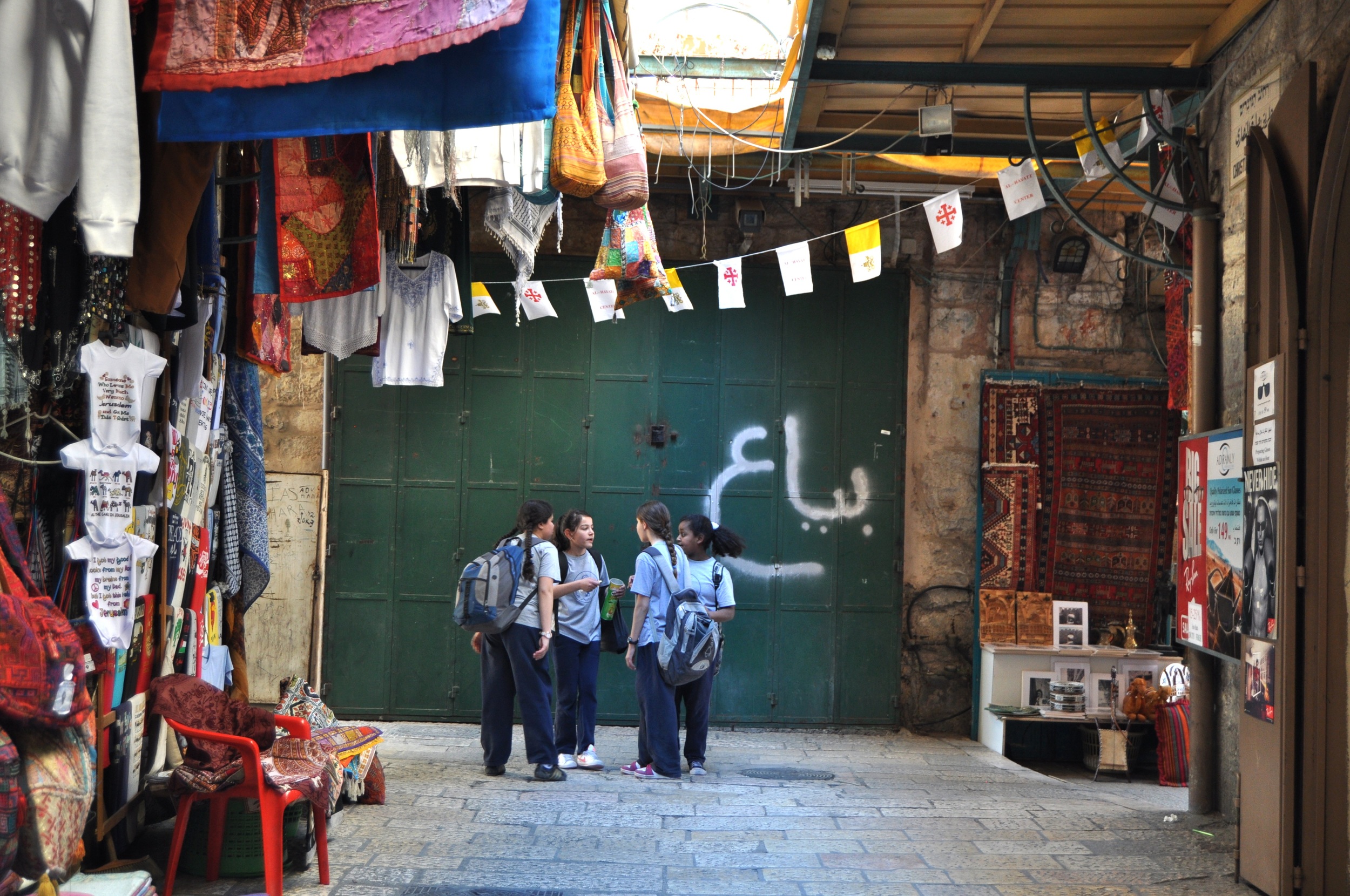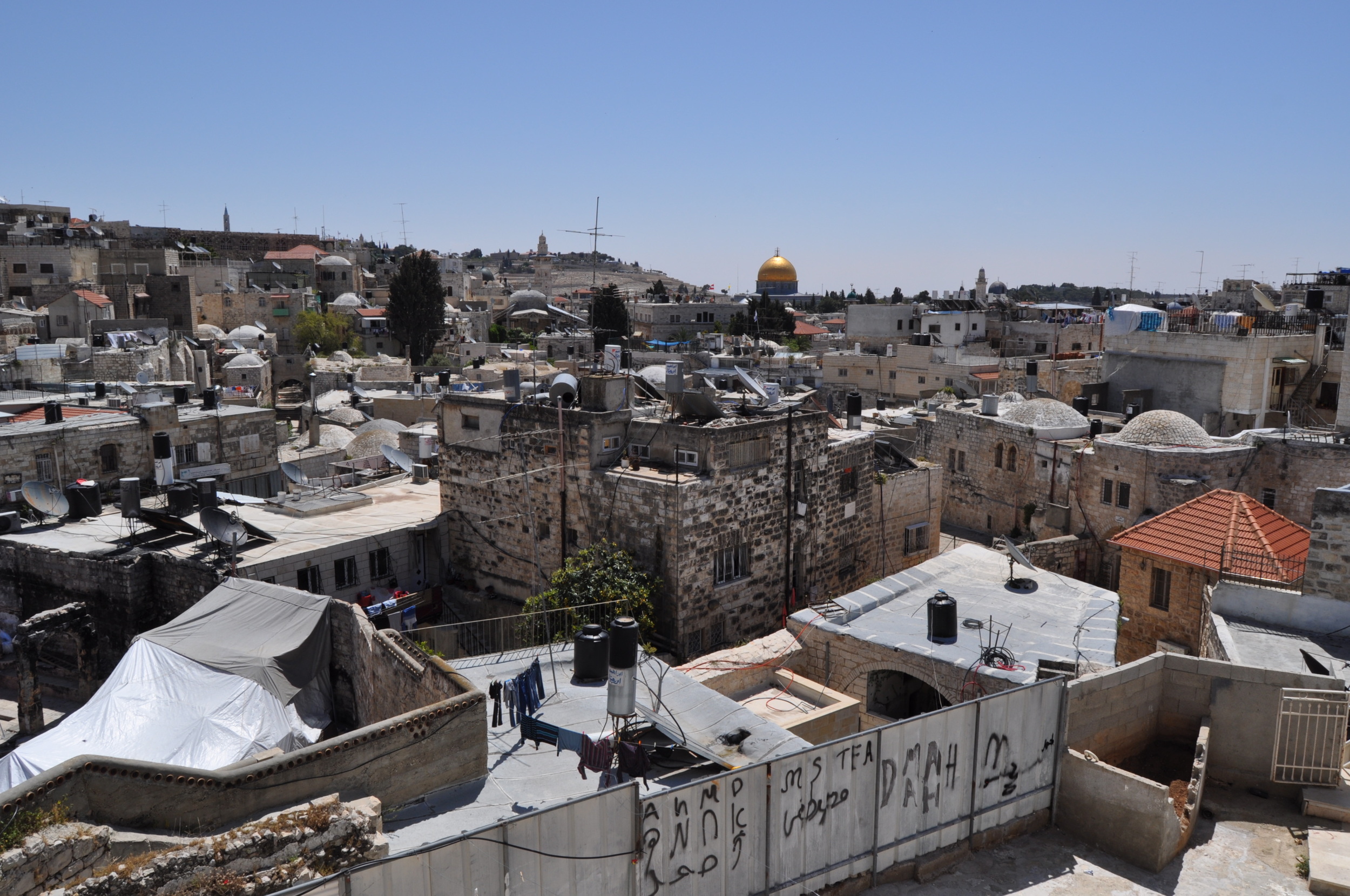 Five days in Israel don’t seem a long time, and indeed they are not. Nonetheless, Israel State is quite small (barely bigger than New Jersey), so you don’t need weeks to visit the most important sites. The only essentials are a car (a GPS is unnecessary, directions are clear and easy so a good map will do) and lots of curiosity. As I prepared to come back to Milan, I started thinking about the best things I saw (or felt, or tasted), and I realized that when there’s too much on the table, it’s best to make a list to avoid forgetting. And this is definitely a trip I don’t want to forget anything about. So, not necessarily in order of importance, here’s my list.
Five days in Israel don’t seem a long time, and indeed they are not. Nonetheless, Israel State is quite small (barely bigger than New Jersey), so you don’t need weeks to visit the most important sites. The only essentials are a car (a GPS is unnecessary, directions are clear and easy so a good map will do) and lots of curiosity. As I prepared to come back to Milan, I started thinking about the best things I saw (or felt, or tasted), and I realized that when there’s too much on the table, it’s best to make a list to avoid forgetting. And this is definitely a trip I don’t want to forget anything about. So, not necessarily in order of importance, here’s my list.
1. Coexistence of many religions. As a Catholic, what I felt wasn’t only the spirit of my own religion; it was a universal feeling, of acceptance, of struggle and hope. More than a pilgrimage to the roots of Catholicism, I thought I was learning a very important lesson about many ancient faiths.
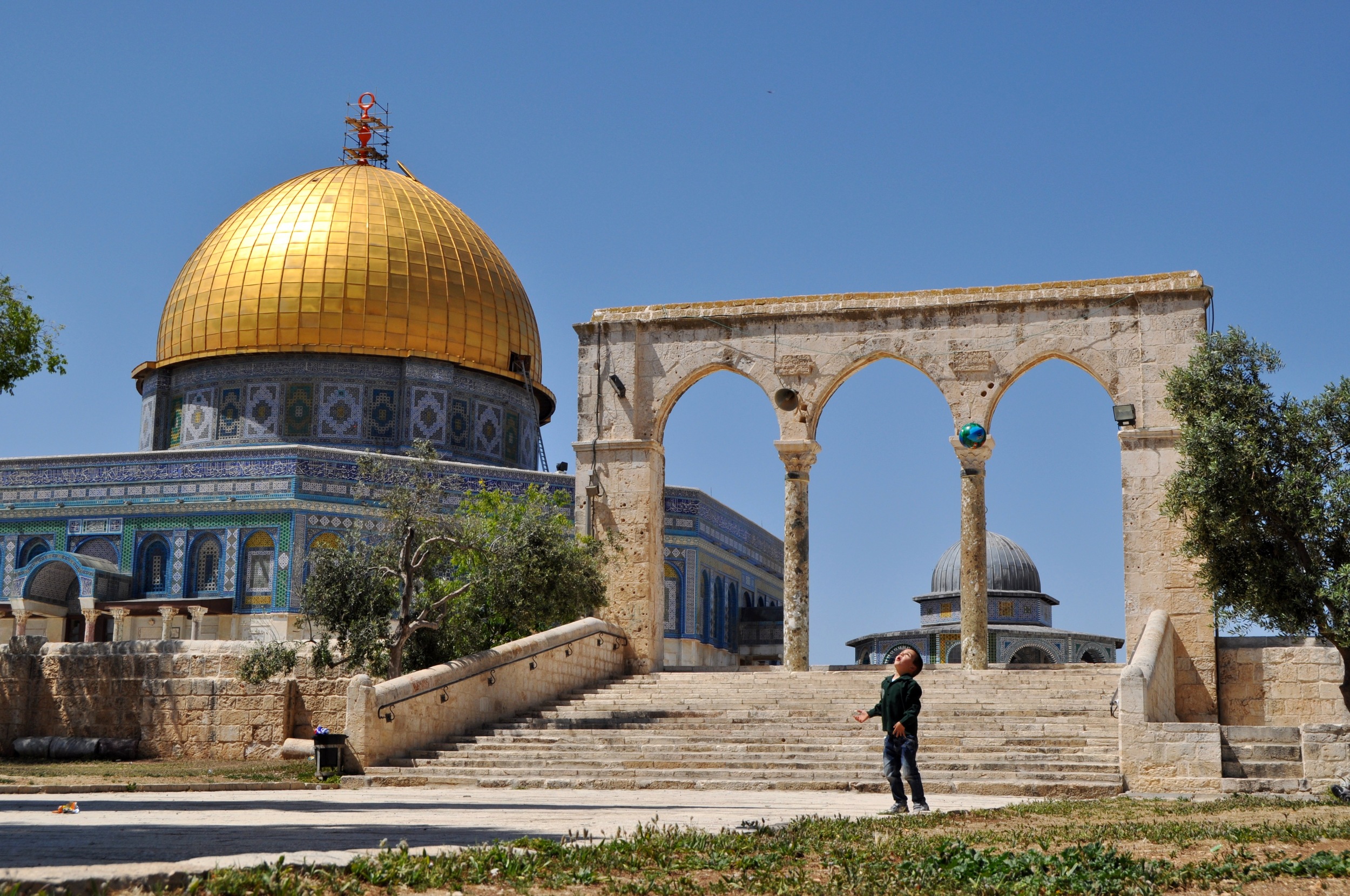

2. Oranges and lemons. Juices are not cheap (life isn’t cheap in general, mostly as costly as in Italy, or at least this was my impression), but for the equivalent of $4/$5 you can get the most flavorful juice. I found it very helpful after a long day wandering in heat, or even for breakfast. It gave me the energy and the salts I needed.
3. Feeling that you are part of something historic and important. It’s not easy for foreigners to understand what living in Jerusalem means, and what being a part of those religions’ history is. Struggle, triumph, being a victim or a victor. Longing for peace and compromise for it. Places that belong to everyone and are equally important to everyone.

4. Old city shopping. How good it feels to just wander around inside the Old City walls. After the first day there, I was happy–I was actually able to find the same places again, and it felt like a victory! From Muslim to Christian to Jewish symbols, the challenge consists of getting past the more touristy places and looking for the hidden corners. So, instead of buying any memento along the Via Dolorosa, with its countless souvenir shops, I bought candles and rosary beads in the ancient site where Jesus was kept imprisoned, a cave below the ground level where taking pictures is forbidden, and at least I felt that I was contributing a little to the site’s maintenance.

5. Real hummus. How delicious! Abu Shukri restaurant was suggested on the guide (I rely on
Fodor’s, the best!) as the place where they make the best hummus in town, and it definitely was. It’s in the heart of the Old City, and while it lacks in decor, it has a local clientele that confirms its superior quality. I got hummus with pine nut, and Husband opted for hummus with . . . hummus (chickpeas).
6. Friday night walk. On Friday nights, the city is full of life. We walked to the Western Wall, and this is what we found. Families gathered in prayers and children chanting all together.
7. The parades of monks, nuns and other religious types in their various robes and hoods.
8. The zest for life. Jerusalem is not only what you see inside the walls of the Old City; outside the walls it’s a very young and vibrant place, full of life, restaurants and shops. As far as I could see, the best time to enjoy the pulse of life is on Thursday nights. Listening to live music and watching dances on the street while eating shawarma (a mix of meats wrapped in pita bread, so yummy) was relaxing and fun. On Fridays nights instead, everything is closed, as the population gets ready for Shabbat, the day of rest. So don’t expect to find anything opened on Saturday morning. The only place we found for breakfast was a service area on the highway, on our way to Nazareth, and it was packed!
This isn’t a comprehensive list, of course. It’s inadequate, incomplete. And it’s only about Jerusalem. All of the other places we saw (Bethlehem, Nazareth, Tiberias, Haifa) deserve their own lists. I am looking forward to another trip there, I feel like there’s so much more to learn.
 Five days in Israel don’t seem a long time, and indeed they are not. Nonetheless, Israel State is quite small (barely bigger than New Jersey), so you don’t need weeks to visit the most important sites. The only essentials are a car (a GPS is unnecessary, directions are clear and easy so a good map will do) and lots of curiosity. As I prepared to come back to Milan, I started thinking about the best things I saw (or felt, or tasted), and I realized that when there’s too much on the table, it’s best to make a list to avoid forgetting. And this is definitely a trip I don’t want to forget anything about. So, not necessarily in order of importance, here’s my list.
Five days in Israel don’t seem a long time, and indeed they are not. Nonetheless, Israel State is quite small (barely bigger than New Jersey), so you don’t need weeks to visit the most important sites. The only essentials are a car (a GPS is unnecessary, directions are clear and easy so a good map will do) and lots of curiosity. As I prepared to come back to Milan, I started thinking about the best things I saw (or felt, or tasted), and I realized that when there’s too much on the table, it’s best to make a list to avoid forgetting. And this is definitely a trip I don’t want to forget anything about. So, not necessarily in order of importance, here’s my list.



